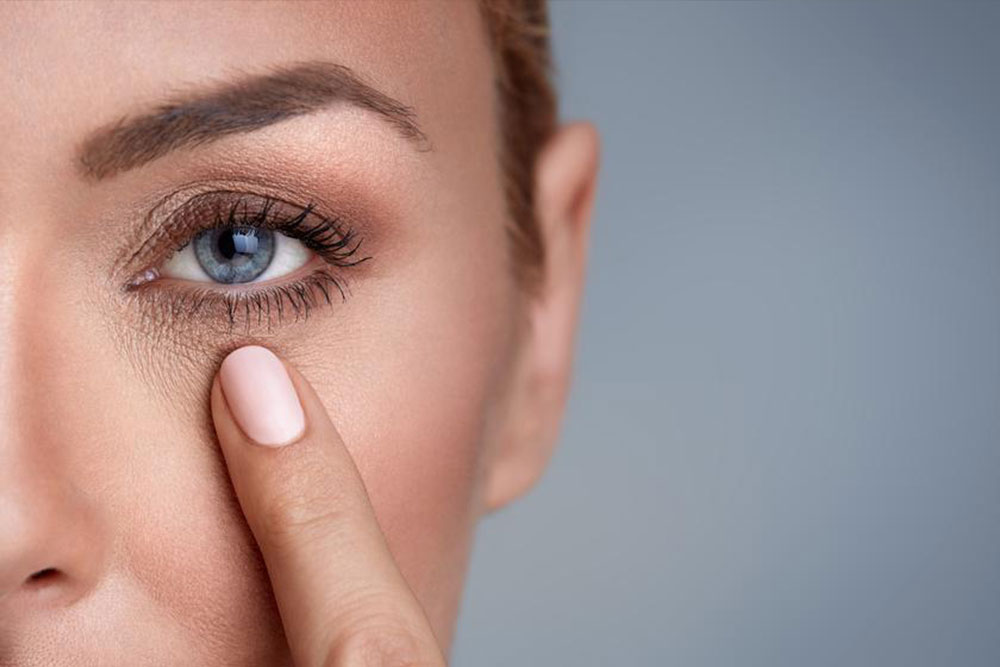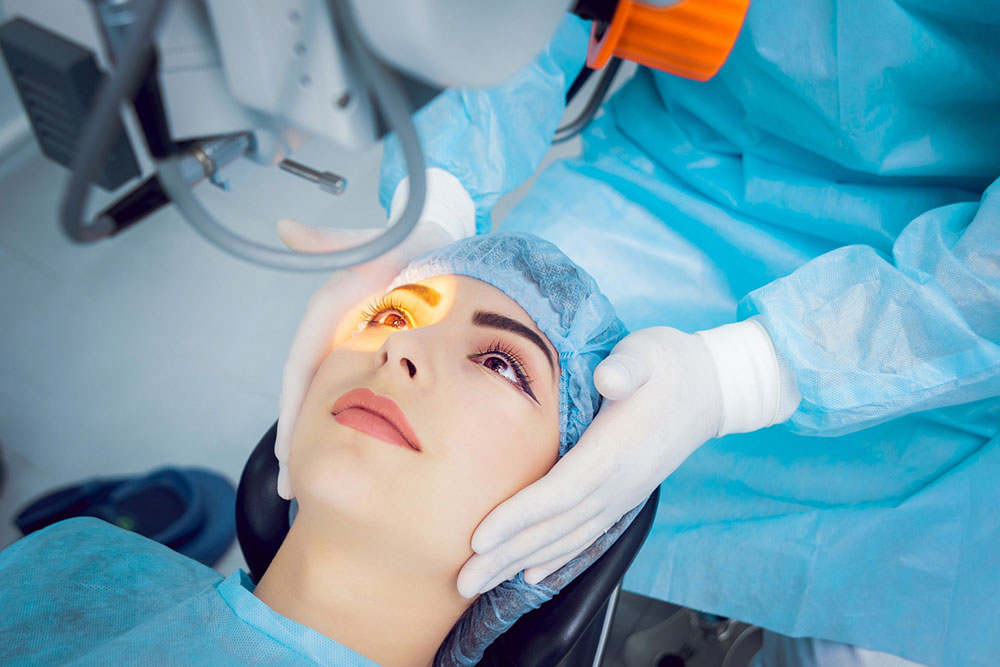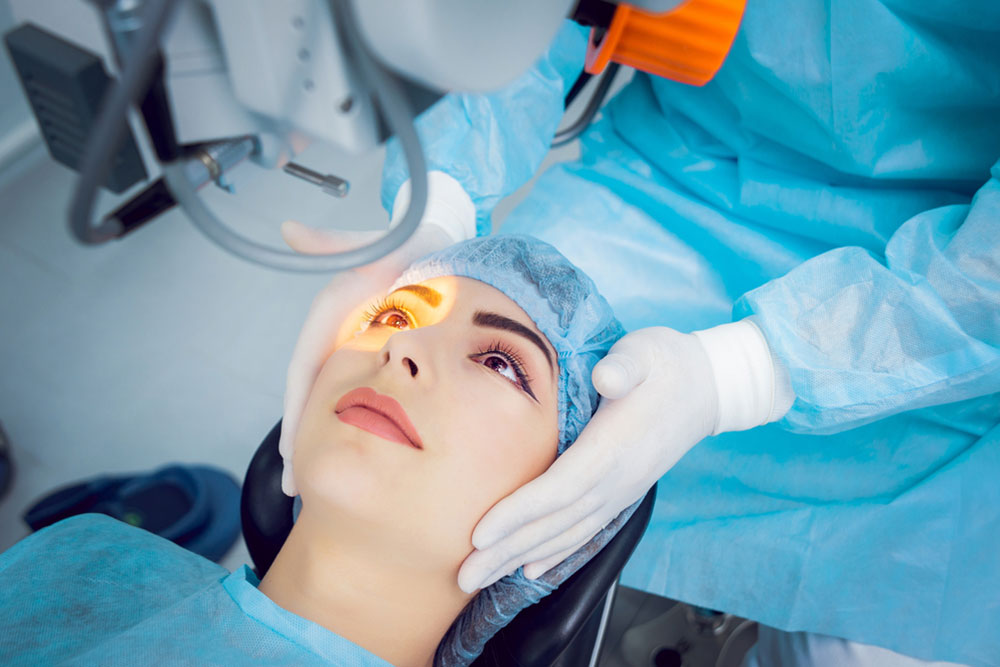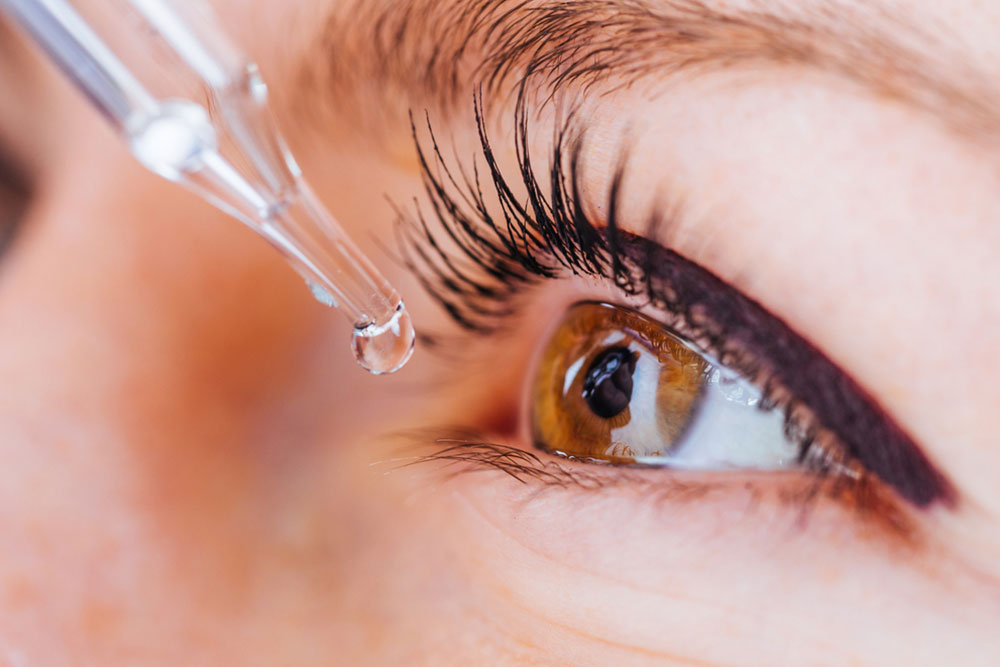Essential Tips for Eye Health and Vision Care
This article highlights essential eye care tips, addressing age-related and refractive conditions. It emphasizes the importance of preventive care, available insurance options like Medicare and Medicaid, and the significance of early detection to preserve vision health throughout different life stages.

Essential Tips for Eye Health and Vision Care
Eye conditions vary across age groups, with the elderly experiencing the highest prevalence. Recent studies reveal that diabetic retinopathy has surged by nearly 90% over the past decade, mainly due to the rising diabetic rates and demographic shifts among Hispanic and African-American communities. Age-related diseases such as macular degeneration, cataracts, and glaucoma are also increasing, reflecting an aging population trend. In contrast, children and younger individuals mainly suffer from refractive errors like nearsightedness, farsightedness, astigmatism, and presbyopia. Conditions like amblyopia and strabismus affect visual development in one or both eyes.
For seniors aged 65 and above, private insurers often provide eye care coverage, while federal programs like Medicare offer essential services. Medicare includes annual eye exams for diabetic retinopathy and glaucoma screening for at-risk groups. The cost of intraocular lenses used in laser cataract surgery is often covered. Medicaid, targeting low-income populations, covers specific laser cataract procedures and offers programs like Early and Periodic Screening for those under 21. Prioritizing prevention has shown long-term benefits for maintaining good eye health.










